These are the prettiest, most tourist-friendly, all-around best places in Africa that are ideal for first-time visitors to the continent
As the second largest continent by both area and population, Africa is certainly worth experiencing. It’s a place abundant in incredible hiking opportunities, Unesco World Heritage Sites, and cities where there’s so much going on, you won’t know where to look first. If you’re planning your first trip to Africa, you might find the number of options daunting, so we’ve lined up our five best countries — and specific places of interest — that you should visit. They’re all tourist-friendly, safe, and seriously stunning.
Rwanda
Rwanda is a small landlocked country in the middle of Africa. For the last 25 years or so, it’s worked hard to reinvent itself as a modern, thriving society. Its geographical and political center, Kigali, has spotless streets and a low crime rate. It’s no longer a place you drowsily pass through on your way to the safari or a national park; it’s a capital that boasts a vibrant restaurant, café and nightlife scene, galleries and sports events, and its own little quirky “craft village” called Caplaki. You might well feel right at home quicker than you thought you would.
Outside of the capital, Volcanoes National Park is one of the places that attract the most tourists, becoming the first national park in Africa in 1925. It’s a large area of preserved wilderness, home to mountain gorillas and golden monkeys — two primates that it strives to protect. On this note, Dian Fossey, who dedicated her life to saving gorillas from extinction, has her resting place in the Park. Her life was later documented in the 1988 feature film Gorillas in the Mist, which was nominated for and won a number of awards.
The Park is also great for trekking and hiking. Mount Karisimbi is an inactive volcano on the border with the Democratic Republic of Congo and, at 4,507 meters, is also the highest peak in Rwanda. A little further south of Karisimbi lies Lake Kivu, the largest lake in Rwanda, with its emerald green waters and views of the surrounding mountains.
Ghana
By African standards, Ghana is a relatively small country by area. Yet, it’s a notable nation for its economic stability and considerable biodiversity, and it’s a safe place in which to experience authentic Sub-Saharan Africa for the first time.
European influence has contributed to Ghana’s rich history; for example, it’s the reason there are several forts and castles here, mostly dotted along the coast of the Gulf of Guinea. The Cape Coast and Elmina Castles are perhaps the most famous. Since its foundation in 1482, Elmina Castle stands as a major landmark, roughly in the middle of the country’s coastline. Throughout the centuries, it’s seen a lot — it was constructed as a trading post and later became an important place for the slave trade.
Heading inland just a touch, you’ll come across Kakum National Park. It’s an area of tropical rainforest, home to numerous species of animals. In 1931, it became a reserve, before being upgraded to national-park status in 1992. Aside from its very obvious natural beauty, Kakum offers a 350-meter-long canopy walkway — the grandest entrance into the forest for sure. It’s one of only three canopy bridges in the whole of Africa.
A little further up lies the town of Kumasi and its Kejetia Central Market. With an incredible total of 11,000 stalls and stores, it’s the largest open-air market in West Africa, selling everything from kente cloths to jewelry to food. With a bit of luck, you’ll come across fufu, sticky dumplings; and waakye, a traditional dish made from rice and beans.
The Gambia
It might be the tiniest mainland African country, but The Gambia has a lot going for it. Its balmy temperatures all year round make it an ideal getaway, especially since it’s also known for its fine beaches.
Its shape is unusual — the border outlines the River Gambia, making it a narrow, somewhat squiggly country. It’s only up to 50 kilometers wide, but 480 kilometers long, surrounded almost entirely by Senegal. As the story goes, the territory of The Gambia was decided by a British warship that navigated up the river and shot out cannonballs; the British claimed the land that fell within range of the shots.
So, what is there to see? There’s plenty around the river — aside from the beaches, this is what most people come to The Gambia for. Kunta Kinteh Island (officially James Island), a Unesco World Heritage Site, sits right in the middle of it. Unfortunately, it’s suffering from erosion and is now approximately a sixth of its original size, so you best see it sooner rather than later! Since the river takes up a significant portion of the country’s length, a boat trip will uncover many more of its beautiful natural sights. And if you set out early in the morning, you can watch as the jungle awakens — an unforgettable spectacle.
Botswana
Botswana is in Southern Africa and has an area about the same size as that of France. It’s one of the most developed nations in Africa, which means fewer concerns and considerations to be had here as a first-time visitor to the continent; and its low population density makes it a real haven for wildlife and nature.
Take the Makgadikgadi Pan, for example, which is one of the largest salt pans in the whole world. It’s the only remnant of the once-large Lake Makgadikgadi, which dried up thousands of years ago.
Meanwhile, the Okavango Delta continues to fill up every year. It’s one of the few inland deltas in the world, and in 2013, it was named one of the seven natural wonders of Africa. It also became the 1000th place to be inscribed as a Unesco World Heritage Site in 2014. Every year during the rainy season, the Delta takes in the water from the highlands of Angola. For months afterward, the area swells up to three times its normal size. The wildlife has been forced to adapt to the frequent flooding — it’s not unusual to spot cheetahs and lions taking a dip.
Tanzania
Mount Kilimanjaro might be just the most famous natural wonder in Africa. This dormant volcano in northeastern Tanzania reaches a height of 5,895 meters — the tallest peak on the continent. There are six pathways up the mountain through the surrounding National Park. Some are more challenging than others, but on average, reaching the summit takes about seven days. Not exactly a walk in the park in the metaphorical sense — ascending Kilimanjaro requires quite a lot of preparation and commitment, but if you’ve got what it takes, it’s an experience of a lifetime.
A few hundred kilometers northwest across the rumpled plains of Tanzania lies the renowned Serengeti National Park. The area spans 30,000 square kilometers and bleeds over into neighboring Kenya, making its name — which means “endless plains” — pretty much spot-on. The Park is the setting for the biggest migration of mammals in the world.
And of course, what better way to reward yourself after an expedition than with a relaxing beach break? Zanzibar is one of the most visited places in Tanzania, and this is mainly down to its picture-perfect white-sand beaches reminiscent of the Maldives or Seychelles, only Zanzibar is a cheaper destination. Its eclectic cultural heritage, endemic wildlife and the bustling night market in the city are all other unmissable things that keep the tourists coming; rest assured that if you’re visiting Africa for the first time, this archipelago is very much used to catering to others just like you.
Do you want more travel inspiration? Visit Kiwi.com Stories.
Source link : https://www.kiwi.com/stories/the-5-best-countries-in-africa-for-a-first-time-visitor/
Author :
Publish date : 2024-06-03 07:00:00
Copyright for syndicated content belongs to the linked Source.


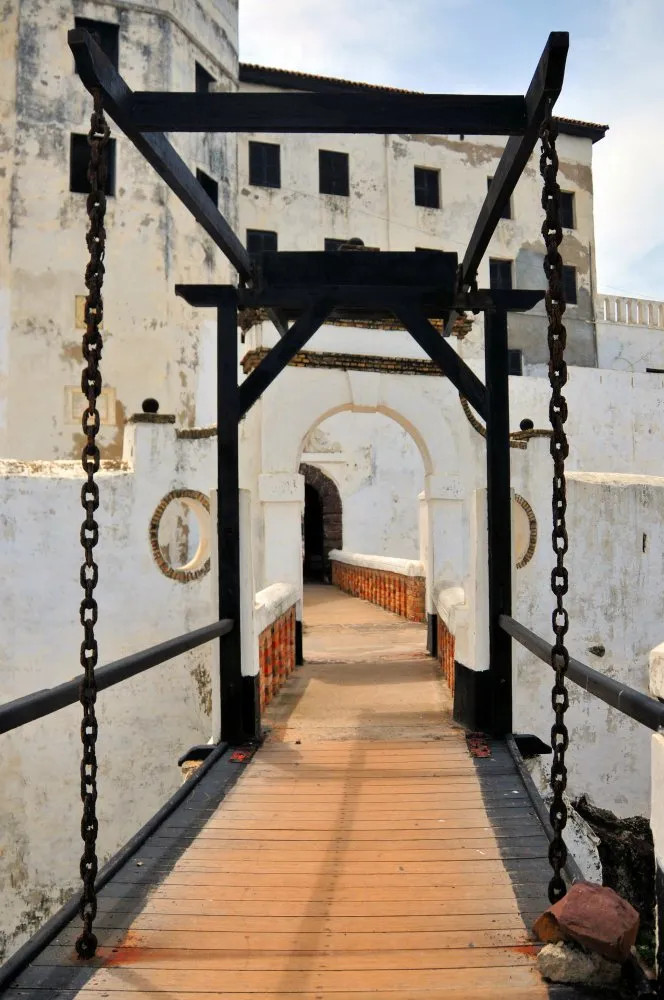 Elmina Castle, still standing after over 500 years, is one of Ghana’s major landmarks — Getty Images
Elmina Castle, still standing after over 500 years, is one of Ghana’s major landmarks — Getty Images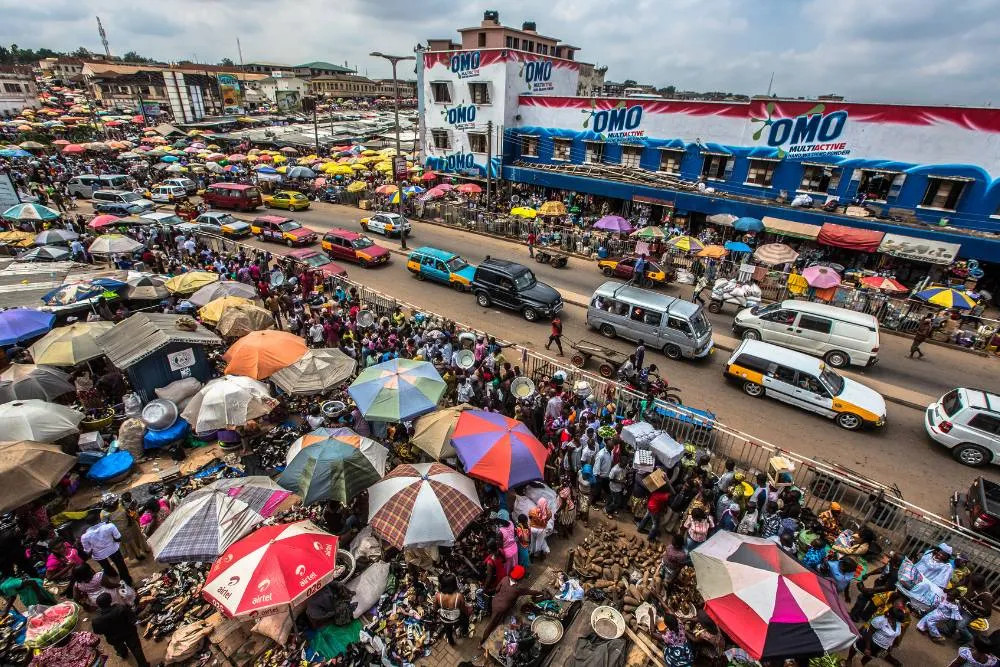 Chaotic, sure, but if you’re in Kumasi, you can’t pass up the opportunity to see Kejetia Central Market — Getty Images
Chaotic, sure, but if you’re in Kumasi, you can’t pass up the opportunity to see Kejetia Central Market — Getty Images The Gambia may be a small country, but it boasts some brilliant beaches — Getty Images
The Gambia may be a small country, but it boasts some brilliant beaches — Getty Images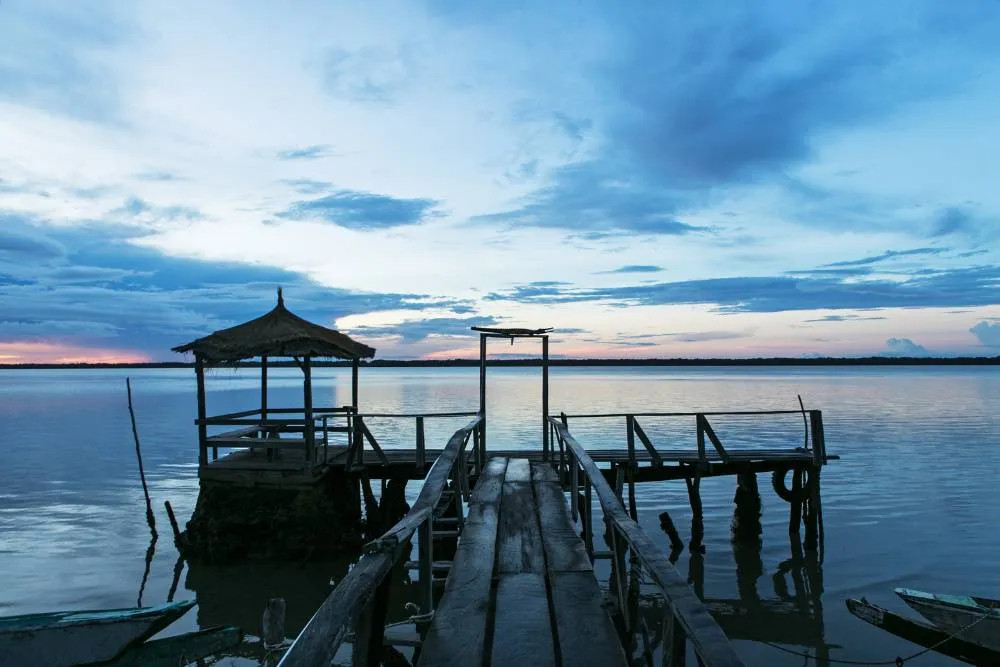 The geography of the country is based around the eponymous river, which is what most visitors to The Gambia come for — Getty Images
The geography of the country is based around the eponymous river, which is what most visitors to The Gambia come for — Getty Images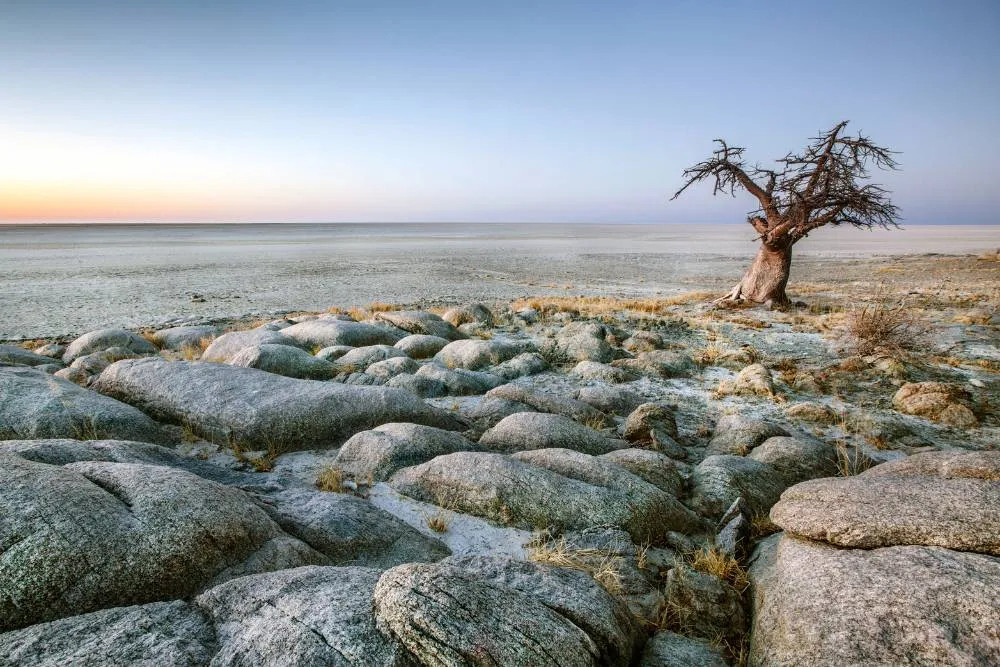 Makgadikgadi Pan — Getty Images
Makgadikgadi Pan — Getty Images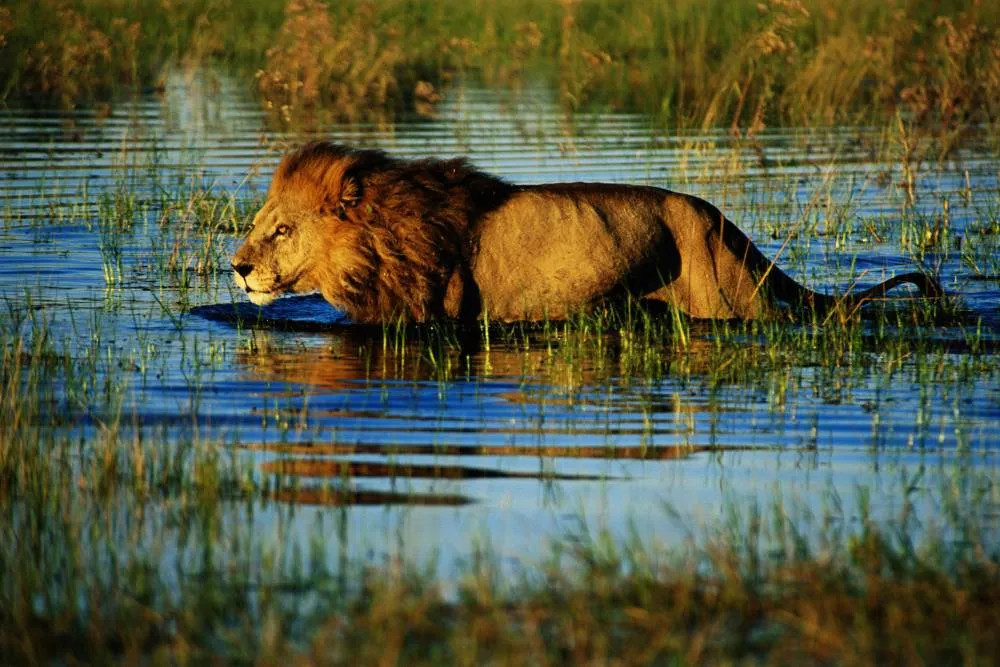 The Okavango Delta is one of the seven natural wonders of Africa — Getty Images
The Okavango Delta is one of the seven natural wonders of Africa — Getty Images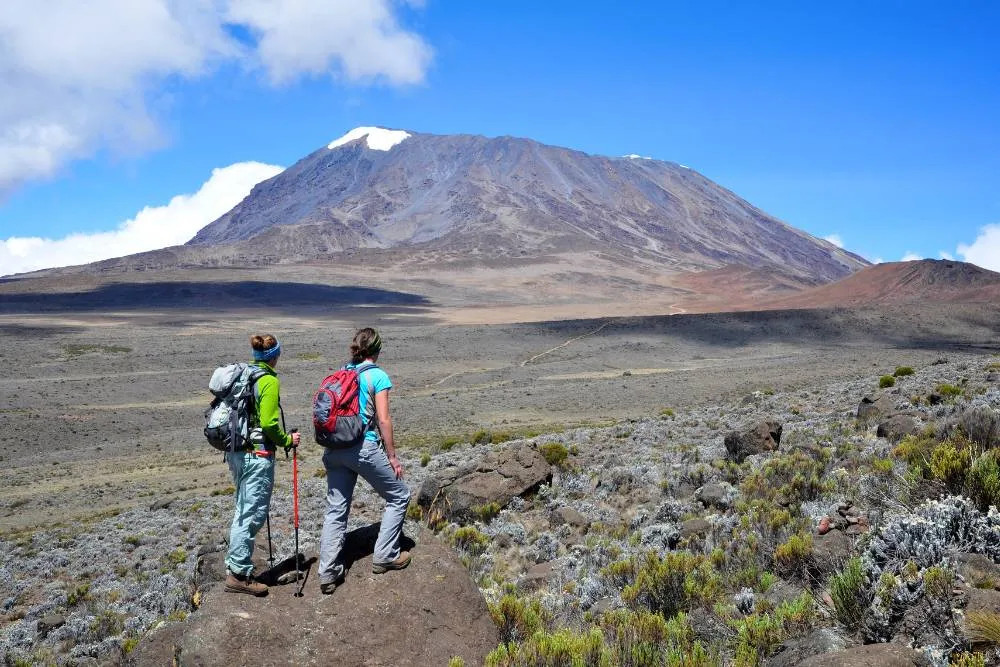 If you’re a serious hiker, you’ve probably considered Mount Kilimanjaro — Getty Images
If you’re a serious hiker, you’ve probably considered Mount Kilimanjaro — Getty Images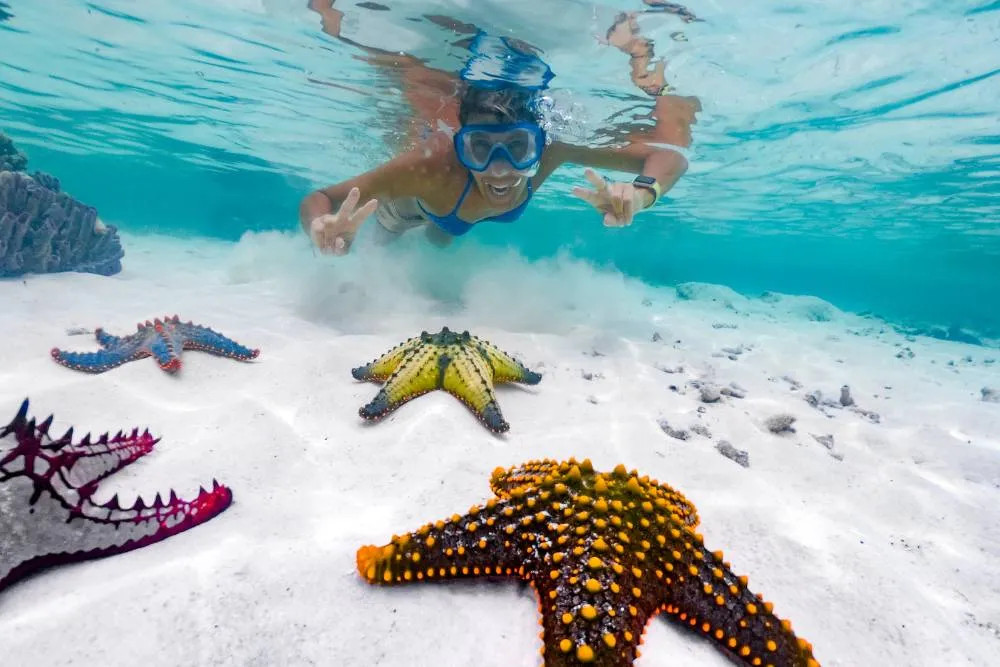 Zanzibar makes for an incredible tropical getaway, and it’s more affordable than other Indian Ocean hotspots — Getty Images
Zanzibar makes for an incredible tropical getaway, and it’s more affordable than other Indian Ocean hotspots — Getty Images


